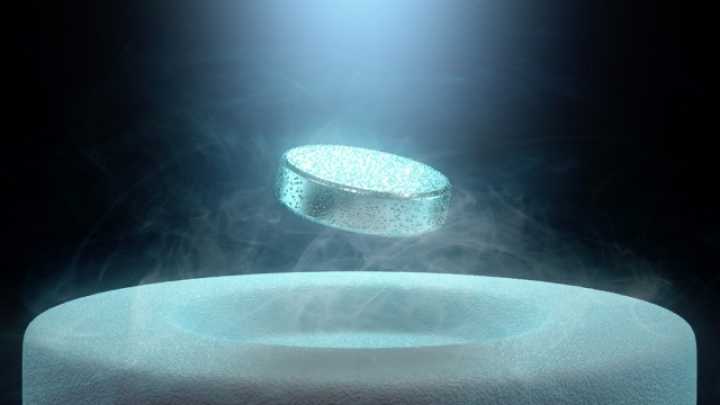
Scientists have introduced a new superconducting material that is based on platinum, which was, till date, thought to be inadequate or inappropriate as a superconducting substance. Superconductors are substances that when cooled to a temperature below a specific level, conduct freely moving electricity without resistance NIL it.
Such superconductor materials are utilized in magnetic resonance imaging equipment or MRI machines, magnetic levitation particle and trains accelerators such as the Big Hadron Collider. Scientists are regularly on the lookout for substances that can act as superconductors at bigger than present temperatures and reduced costs.
A panel of scientists from the Hokkaido University of Japan along with his team members at the Kyushu Institute of Technology, the NEC Corporation, the National Institute for Materials Science and Keio University have introduced new superconducting substance grounded on platinum, which was till currently thought to be inadequate as a superconducting substance.
The material was introduced by mingling platinum (Pt), Arsenic (As) and Lanthanum (La) powders in a proportion of 1:5:1 and linking them into pellets. These were then regulated to a temperature of around 500 Degree Celsius for ten hours. The resultant substance was and re-pelletized, then again heated at a temperature level of 1000 Degree Celsius for fixed time duration at varying pressures. The group also identified that the eventual product was not superconducting at a pressure speed of five gigapascals, which are similar to 50,000 bars of pressure. The final product but became superconducting at 10 GPa and only to come back to a non-superconductive state at 15 GPa.
The scientists analysed the structure of the crystal of the superconducting material. They disclosed that platinum atoms are structured numerous layers that stacked up as big as 6 nm, the biggest among metal superconductor. The researchers also identified that the arsenic and lanthanum atoms diffused the layers of platinum from each other in a method, they consider risky. The method is intended to be slightly risky because it weakens the correlation between the electrons based on platinum, enabling them to move more freely and eventually resulting in the property of superconducting.
As per the future research that demonstrates the meticulous crystal structure of the phases that are not superconducting. Such non-superconducting elements will support in the comprehension of the mechanism that results in the material to become superconducting at 10 GPa. All this has been explained by the researchers in their report in details.
Synthesis of high-pressure, which is approximately over and above 10 GPa is not a popularly utilized technique in the domain of materials science. The details of the findings are mentioned by the scientists in the recently published Journal of the American Chemical Society. While this research work seems to be promising and supportive to cater numerous rigid applications, it is expected that after this study there are possibilities for further exploration of unidentified segments encouraged by high pressure in an array of materials. The future researches will now reveal the upcoming benefits of this discovery.
Filed Under: News


Questions related to this article?
👉Ask and discuss on EDAboard.com and Electro-Tech-Online.com forums.
Tell Us What You Think!!
You must be logged in to post a comment.